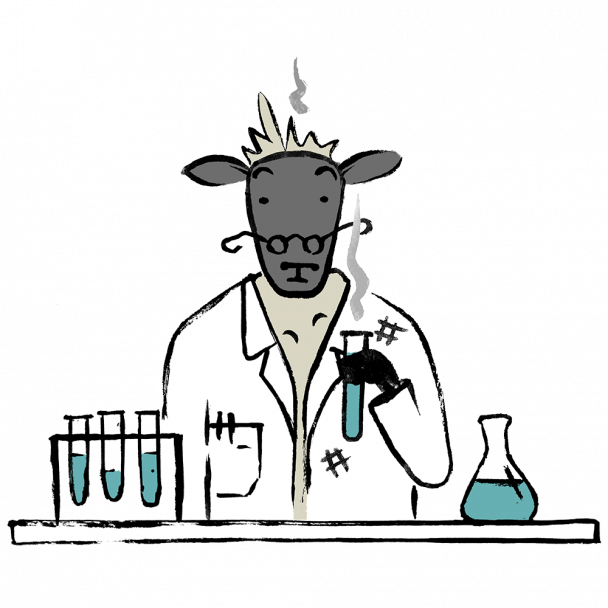
Cloning me, cloning ewe
As the world’s first mammal cloned from an adult cell, Dolly came into existence with the help of three “mothers” and no father. One ewe contributed the egg, another supplied the DNA, and a third carried the embryo. Her arrival, in 1996, heralded a scientific breakthrough that captured the world’s imagination.
She was cloned using a method of somatic cell transfer. This involves transplanting the nucleus of an adult cell into an unfertilised egg cell which has its own DNA removed.
Named after Dolly Parton, because her donor cell was taken from a mammary gland, the world’s most famous sheep paved the way for revolutionary stem cell research. Biologists are now able to take adult cells and revert them to an embryonic state. These “iPS cells” can be used to make tiny organs on which to study the effects of drugs to help combat disease.